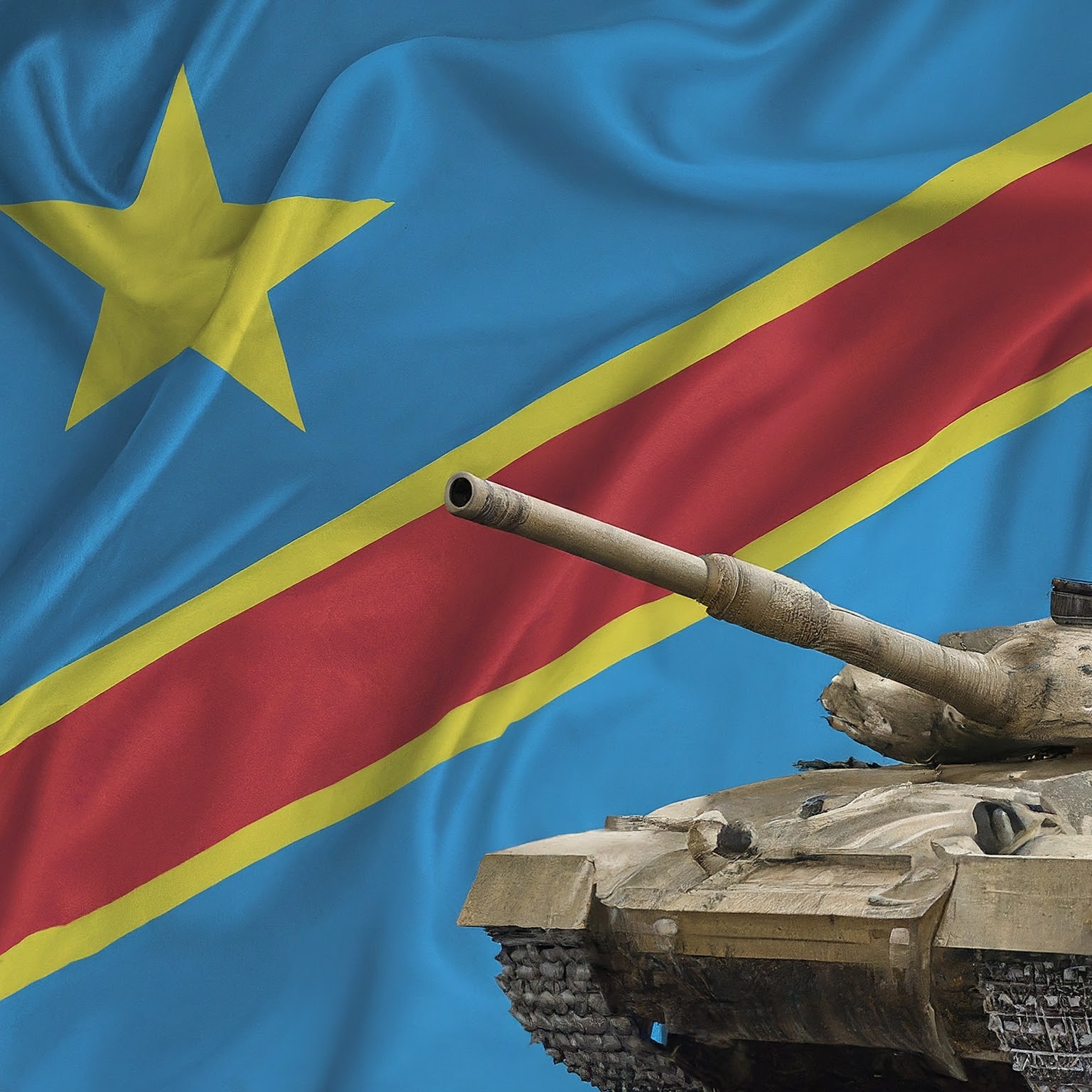
This Conflict in the Democratic Republic of Congo narrative is driven by 34 sources in the U.S. Media module, amplifying 78 narrative items.
This is the Conflict in the Democratic Republic of Congo narrative, driven by 34 sources in U.S. Media, amplifying 78 narrative items. Reviewing a number of the most relevant narrative items indicates that media sources are portraying the conflict in the Democratic Republic of Congo with varying degrees of urgency and focus. Rocket News emphasizes the dire humanitarian crisis, employing emotionally charged language to create a sense of impending catastrophe. In contrast, GlobalSecurity.org takes a more factual stance, presenting the U.S. sanctions against rebel groups and their leaders, using clinical language that may underplay the emotional weight of the situation. Voice of America echoes this approach, while also highlighting the scale of displacement, which injects a sobering element into their coverage without resorting to hyperbole. In contrast, In Defence of Marxism connects the current conflict to historical grievances, indicating a more analytical approach that contextualizes the violence. Mongabay introduces an unexpected angle by focusing on a rare bird species, which, while informative, might distract from the pressing humanitarian issues. Overall, while most outlets acknowledge the severity of the situation, biases emerge through language choices and framing; some prioritize immediate humanitarian concerns, while others adopt a more geopolitical or analytical lens. This divergence can significantly impact public perception and understanding of the crisis.
The Democratic Republic of Congo (DRC) faces a complex humanitarian crisis exacerbated by ongoing conflict, particularly in the eastern regions. With a population exceeding 90 million, the DRC is marked by significant ethnic diversity and a history of violence rooted in the aftermath of the Rwandan genocide and the Congo Wars of the 1990s. This historical context has fostered a volatile political landscape, where various rebel groups, such as the March 23 Movement (M23) and the Congo River Alliance, vie for power, often with external support from neighboring countries like Rwanda and Uganda.
The DRC's geography, characterized by vast rainforests and mineral-rich lands, complicates governance and security. The country is rich in resources, including cobalt and diamonds, which have fueled both economic potential and conflict, as various factions seek control over these assets. The ongoing violence has led to over 7.2 million internally displaced persons and a staggering 23.4 million facing food insecurity, highlighting the dire humanitarian situation.
International responses, including U.S. sanctions against rebel leaders and the European Union's calls for humanitarian truces, aim to curb violence and promote peace. However, the effectiveness of these measures is uncertain, as local grievances often remain unaddressed. The involvement of neighboring countries, particularly in providing support to rebel groups, poses additional challenges to stability. A comprehensive approach that includes diplomatic engagement, humanitarian aid, and addressing root causes of conflict is essential for achieving lasting peace in the DRC.
Our Kudzu Narrative Intelligence brief auto-updates every few hours with fresh analysis:
Note: Kudzu Narrative Intelligence briefs update every few hours. Very likely, the Narrative Analysis above will have changed as well.
Image Credit for Article Header: Google ImageFX